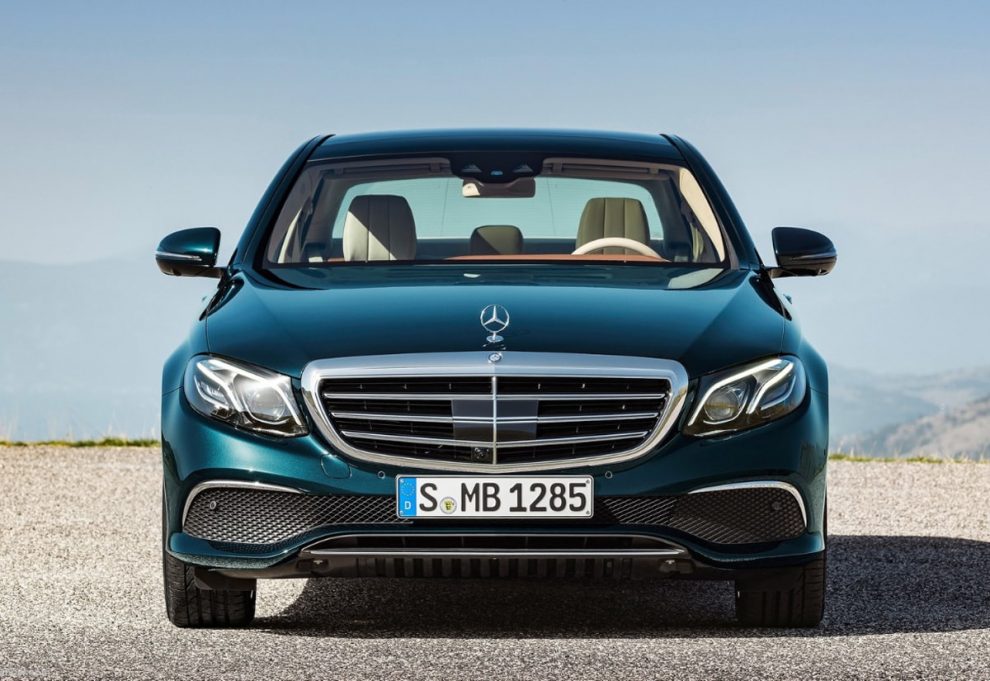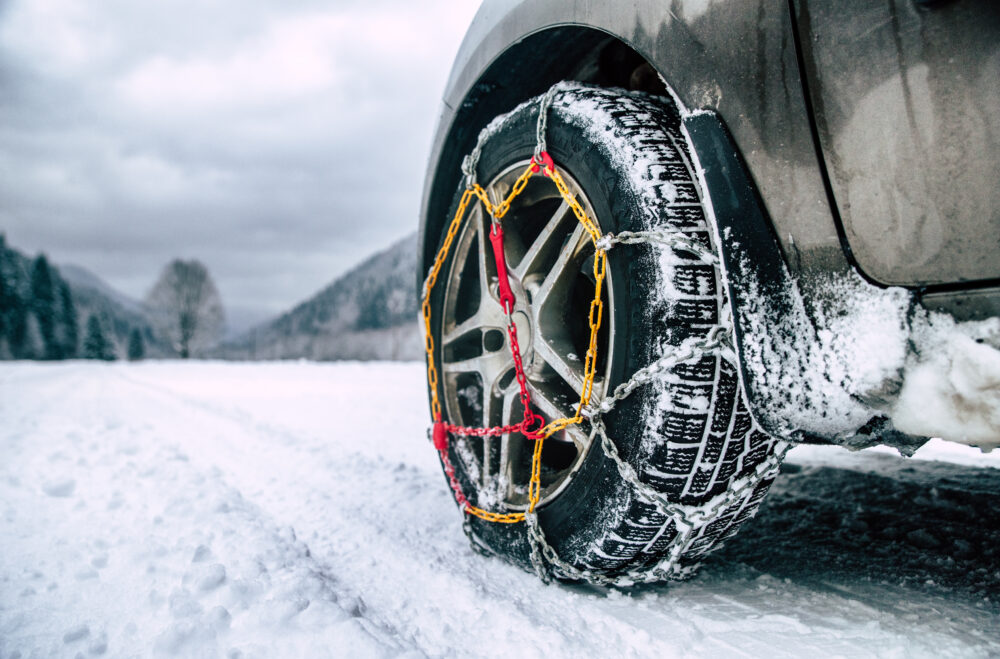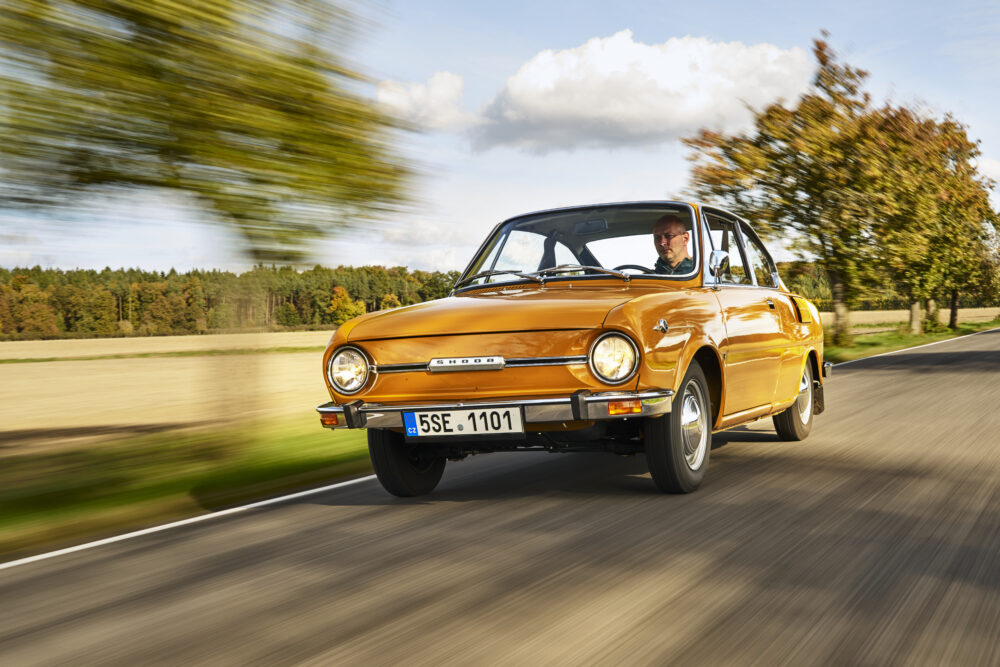Environment: Summer update of the VCS list
The problem of nitrogen oxide (NOx) emissions from diesel vehicles has not yet been solved. The CO2 values of many new cars are also still above the CO2 emission regulations. The update of the car environmental list of the Swiss Transport Club VCS shows that there is nevertheless a wide range of low-emission cars. Diesel vehicles emit many times more on the road in real operation [...]

In real-life operation on the road, diesel vehicles emit many times more toxic nitrogen oxides (NOx) than the limit value permitted on the test bench. With the new Mercedes E-Class, the first diesel vehicles with significantly improved exhaust gas treatment technology are now on the market. In accordance with the CO2-emissions regulations, new Swiss cars (petrol, diesel or electric) should have emitted a maximum average of 130 g/km at the end of 2015. The latest statistics from the Swiss Federal Office of Energy show that this target has not been met. The average CO2-emissions were 135 g/km. Without the increasing proportion of electric cars, this average would be even higher.
In recent months, vehicles in various classes have come onto the market that even emit less than 100 g/km. In the small car segment, these include the Alfa Romeo MiTo 1.3 JTDM (89 g/km), the Mitsubishi Space Star 1.2 CVT (95 g/km) and the Hyundai i20 1.0 with 99 g/km. In the lower mid-range segment, the Opel Astra Sports Tourer 1.0 ecoFLEX achieved a value of 97 g/km. Particularly noteworthy in the mid-range segment is the new Toyota Prius Hybrid with a fuel consumption of 3.0 liters and 70 g/km.
The updated vehicle database of the Auto-Umweltliste with around 1800 vehicles can be found on the Internet. There is also an overview of the best models.
www.autoumweltliste.ch
www.topten.ch
Photo: Archive








